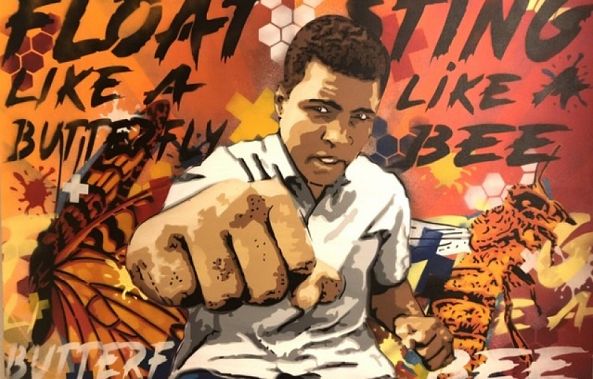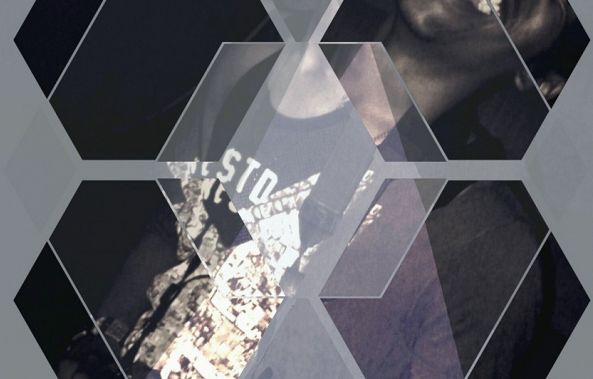Exploring Modern Art Movements in Painting: A Journey through Revolutionary Art
Modern art marked a radical break from established artistic conventions, giving rise to a period of experimentation, freedom, and questioning. In this article, we will explore the major modern art movements in painting that have shaped the history of art throughout the 20th century. From Expressionism to Abstraction, these movements pushed the boundaries of creativity and opened new paths for artistic expression.
-
Expressionism: Expressionism emerged in the early 20th century, emphasizing the intense expression of emotions and inner experiences. Expressionist artists, such as Ernst Ludwig Kirchner and Edvard Munch, used vibrant colors, distorted forms, and dynamic compositions to convey powerful feelings and subjective visions of the world.
-
Cubism: Cubism, developed by Pablo Picasso and Georges Braque, introduced a new way of representing reality by deconstructing forms into geometric fragments. By using multiple perspectives and overlapping planes, Cubist artists explored new visual dimensions and challenged traditional notions of space representation.
-
Abstract Art: Abstract art disrupted artistic conventions by eliminating any figurative representation. Artists such as Wassily Kandinsky and Piet Mondrian sought to express emotions and ideas through abstract shapes, lines, and colors. Abstract art opened new avenues for creativity and allowed viewers to interpret the artworks individually.
-
Surrealism: Surrealism delved into the power of the unconscious and imagination, creating works that defied logic and conventional reality. Surrealist artists such as Salvador Dalí and René Magritte crafted dreamlike and enigmatic images, combining incongruous and symbolic elements to stimulate imagination and explore the depths of the human mind.
-
Abstract Expressionism: Abstract Expressionism, a major post-war American art movement, emphasized spontaneity, gesture, and individual expression. Artists like Jackson Pollock and Willem de Kooning employed action painting and dripping techniques to create energetically charged abstract compositions.
-
Pop Art: Pop Art emerged in the 1950s and 1960s, drawing inspiration from popular culture and consumer society. Artists such as Andy Warhol and Roy Lichtenstein used iconic images of pop culture, such as consumer products and celebrity icons, to question notions of authenticity, value, and mass reproduction.
Conclusion: Modern art was a period of upheaval and innovation that radically transformed art and our perception of it. Art movements like Expressionism, Cubism, Abstract Art, Surrealism, Abstract Expressionism, and Pop Art opened new avenues for individual expression, challenged conventions, and explored new ideas. Modern art continues to influence and inspire artists today, urging us to push the boundaries of creativity and artistic expression.










